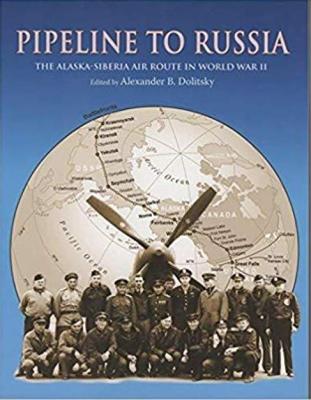
This comprehensive edition is a reminder to Alaskans and all of mankind of a remarkable chapter in the world's history, when peace-seeking nations united against evil.
In the "worst of times" between 1939 and 1945, 55 million people died violent deaths — the majority of them not as soldiers-in-arms but as defenseless civilians, including the millions of victims of the Holocaust. Yet, in one way, this period was also the "best of times," when many countries of the world rallied against the ultimate rogue states of Germany and Japan to achieve the total defeat of German Nazism and Japanese militarism.
The United States' Lend-Lease program contributed greatly to the victory in World War II, and the Great Patriotic War of the Soviet Union in particular. The volume of materiel transferred from the United States to the Soviet Union between 1941 and 1945 was indeed staggering: nearly 15,000 airplanes, 7,000 tanks, 51,000 jeeps, 376,000 trucks, 132,000 machine guns, 4.5 million tons of food, 107 million tons of cotton, and more than 15 million pairs of army boots, among other items. At its peak in 1944, American help amounted to 12 percent of the Soviet gross national product. 1 Ladd Army Airfield (now Fort Wainwright) in Fairbanks, Alaska, served as a key transfer point for nearly 8,000 American-built combat aircraft from the United States to the Russian battlefronts on the Alaska-Siberia (ALSIB) Air Route. In the three years of the route's existence, thousands of Americans worked with Soviet personnel on the cooperative program. From 1942 to 1945, the Alaska- Siberia Lend-Lease operations demonstrated that two nations could set aside differing views, cultural values, and ideologies to achieve a common, mutually beneficial goal: to defeat Nazi Germany and its Axis partners.
The heroism and dedication of the Soviet and American participants of the Alaska-Siberia Airway will not be forgotten. It is our civic duty to express our deep respect to those whose efforts led to the program's success and, in the process, brought the war to a close. This is our history. Future generations should be brought up with a respectful spirit of patriotism to understand this history of cooperation between our countries. This edition will preserve awareness of that massive effort for all time.
